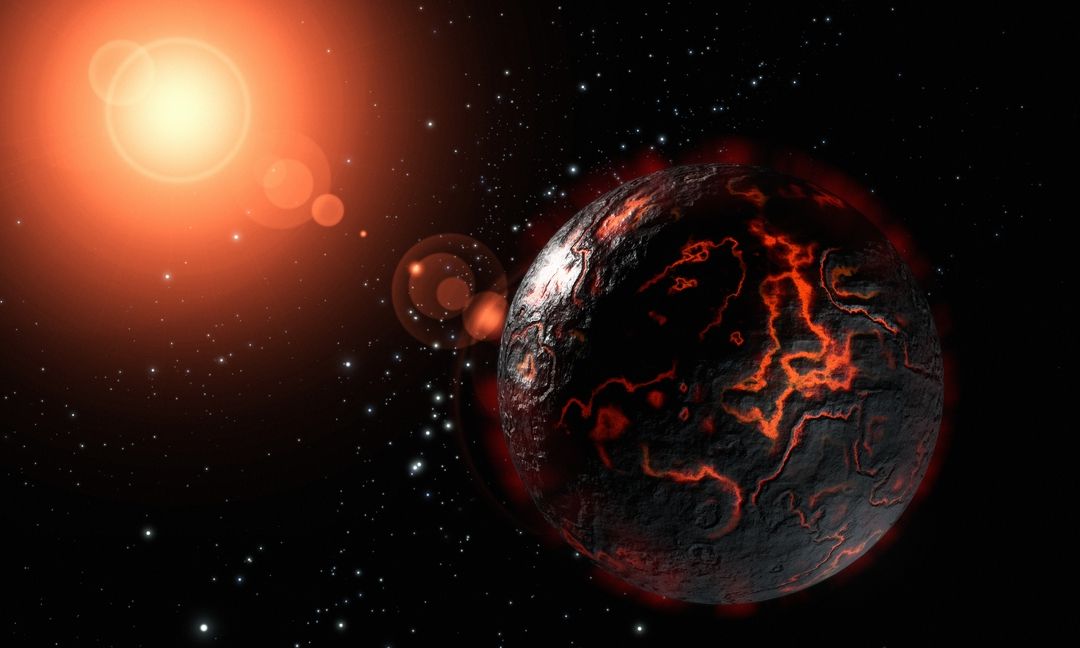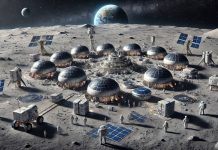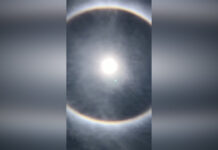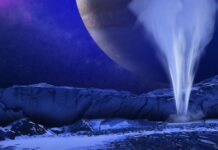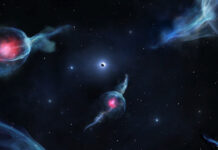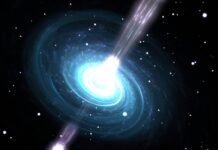It’s a bit sad to think about it, but yeah, The Sun will die one day and it will change the entire solar system in the process. The good thing is that we have around 5 billion years to think about the consequences. Who knows maybe humanity will think of a solution for this little problem.
You should know that our star is powered by nuclear fusion, and it turns hydrogen into helium in a process that converts mass into energy. The Sun currently fuses about 600 million tons of hydrogen into helium every second, converting 4 million tons of matter into energy every second as a result. This energy is the source of our sun’s light and heat. Once the fuel supply is gone, our star will start growing dramatically. Its outer layers will expand until they engulf a part of the solar system, as it transforms into a red giant.
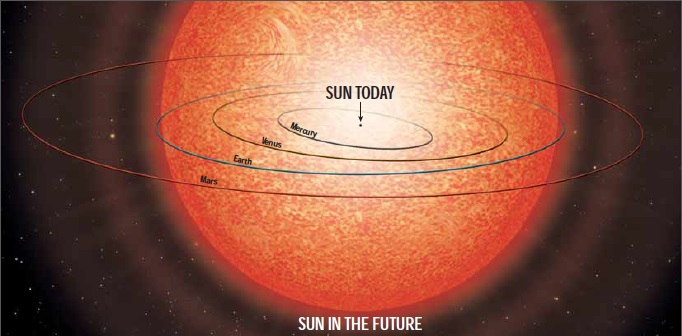
Mercury
The planet that is closest to The Sun will be the first one to cease to exist. As our star ages and expands, Mercury will vaporize entirely.
Venus
The inner neighbor of our planet is similar in size and composition with Earth. However, the atmosphere is very different. Venus has the densest atmosphere of the four terrestrial planets, consisting of more than 96% carbon dioxide. It is by far the hottest planet in the Solar System, with a mean surface temperature of 735 K (462 °C; 863 °F), even though Mercury is closer to the Sun. Anyway, they will share the same fate as the Sun expands in a few million years from now.
Earth
Life on Earth will likely be gone long before the Sun runs out of fuel. Our star is already growing brighter, so it could take “just” a billion years before the radiation becomes too much for life on our planet to exist.
It is not exactly clear if the Earth would be swallowed by the Sun when it becomes a red giant. Some say that it would, but others believe that the expansion of our star will stop just before fully engulfing our planet. Either way, there won’t be much left on Earth, unless it is moved deeper into space. And that actually is a potential solution which was suggested by scientists. Luckily for them, and us, some other generations would need to worry about moving our planet’s orbit, if humanity still exists that far in the future.
Otherwise, all rocks and mountains, fossils and remains of all creatures that ever lived here will be wiped out along with all traces of humanity’s existence on Earth.
Mars
Even the relatively weak radiation of our young sun was too much for Mars to hold onto an atmosphere capable of protecting complex life. Recent evidence shows that there could be some water beneath the surface of the red planet, but it will be gone anyway when the Sun expands. Mars will probably escape the reach of our expanded star, but the surface will be pretty hellish.
The Gas Giant Planets
While our red giant star eats the inner planets, some of the materials will be probably thrown deeper into the solar system, to be assimilated into the bodies of the gas giant planets. However, the Sun’s heat will prove too much for Saturn’s beloved rings, which will vaporize as they are made mainly from ice. Saturn’s moon Enceladus and Jupiter’s moon Europa which have icy oceans on the surface will probably be gone as well.
The New Habitable Zone?
Once our sun has become a red giant, the space objects that are in the furthest reaches of our solar system may become the new habitable zone. Currently, the surface temperature on Pluto and the other similar planetoids is hundreds of degrees below freezing. Water ice might also be found on their surfaces or below it. This means that with the increased exposure to our Sun’s heat, they might transform into objects perfectly capable of hosting life.
Scientists say that when the Sun becomes a red giant, the temperatures on Pluto’s surface will be about the same as the average temperatures on Earth’s surface now. The dwarf planet will have pleasant weather and probably a thick atmosphere and a liquid-water surface. It should also be brimming with the same sorts of complex organic compounds that existed when life first evolved on our own planet.
Aside from Pluto, other potentially habitable worlds could be Neptune’s moon Triton and some other space bodies from the Kuiper Belt like Eris – the most massive and second-largest known dwarf planet in the Solar System, and Sedna – the large planetoid in the outer reaches of the Solar System at a distance of about 85 astronomical units from the Sun, about three times as far as Neptune.
What will happen to the Sun then?

The Sun does not have enough mass to explode as a supernova. The beginning of the ends starts with the transformation into a red giant. The expansion will continue until our star is over two hundred times larger than today and a couple of thousand times more luminous. This then starts the so-called “red-giant-branch” phase where the Sun will spend around a billion years and lose around a third of its mass.
After the “red-giant-branch”, the Sun has approximately 120 million years of active life left. It will shrink to around 10 times its current size and 50 times the luminosity, with a temperature a little lower than today. When the helium is exhausted, the Sun will repeat the expansion it followed when the hydrogen in the core was exhausted, except that this time it all happens faster, and the Sun becomes larger and more luminous. After about 20 million years, our star becomes increasingly unstable, with rapid mass loss and thermal pulses that increase the size and luminosity.
The ejected half of the Sun’s mass will be ionized into a planetary nebula and the final naked core will remain as a white dwarf. The planetary nebula will disperse in about 10,000 years, but the white dwarf will survive for trillions of years before fading to a hypothetical black dwarf.

